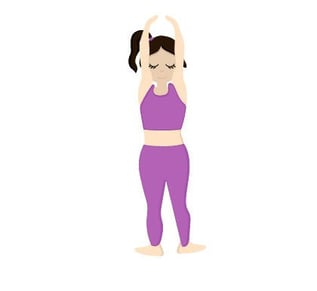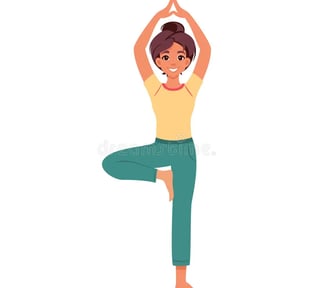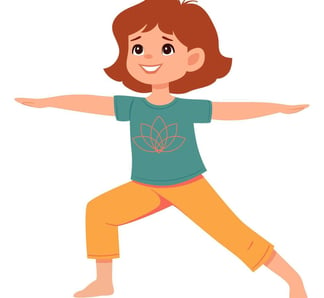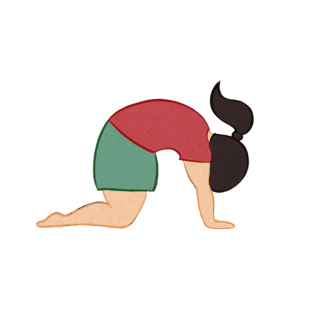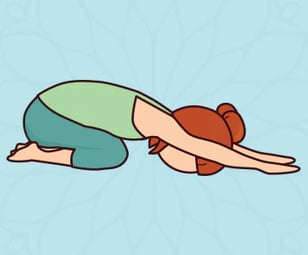Transforming Focus: Yoga Poses to Help Children with ADHD
11/27/20242 min read


Introduction to Yoga for ADHD
Attention Deficit Hyperactivity Disorder (ADHD) is a common neurodevelopmental disorder that affects many children. Characterized by difficulties with attention, hyperactivity, and impulsiveness, ADHD can pose significant challenges in a child’s daily life. To support children with ADHD, incorporating holistic approaches such as yoga can be highly beneficial. Yoga not only enhances physical fitness but also cultivates mindfulness, which can aid in improving focus and attention in children.
Benefits of Yoga for Children with ADHD
Research has shown that practicing yoga can have various positive effects on children with ADHD. These benefits include improved concentration, emotional regulation, and reduced anxiety. Yoga techniques can also help children utilize their breath to foster a sense of calmness and control. As children engage in yoga poses, they develop body awareness, which can lead to better focus on tasks. Overall, the practice serves as an excellent complementary therapy for ADHD symptoms.
5 Simple Yoga Poses for Enhanced Focus
Here are a few yoga poses designed to improve focus and attention in children diagnosed with ADHD:
Mountain Pose (Tadasana): This standing pose helps children ground themselves and feel centered. The act of standing tall with arms at their sides encourages their focus and helps in regulating emotions.
Tree Pose (Vrksasana): The tree pose challenges balance and concentration. While standing on one leg, children can engage their core and focus on a single point, which may boost their attention span.
Cats and Cows Pose (Marjaryasana-Bitilasana): This flow between two poses fosters flexibility and movement while calming the mind. It encourages rhythmic breath, improving overall concentration.
Child’s Pose (Balasana): This resting pose provides a sense of security and calm. When children need a moment of respite, this pose can help them regain their composure and refocus their attention.
Warrior II Pose (Virabhadrasana II): This dynamic pose promotes confidence and stability. The strong stance encourages children to direct their energy outward, helping them focus on their objectives.
Incorporating these simple poses into a daily routine can make a significant difference in a child's ability to concentrate. A regular yoga practice can help reduce impulsivity and improve self-control.
Conclusion
In summary, yoga is a powerful tool for children with ADHD to enhance their focus and attention. Through consistent practice of specific yoga poses, children can cultivate the mind-body connection necessary for self-regulation and attention management. Parents and caretakers are encouraged to explore yoga as a fun and effective way to support their children’s mental and physical well-being.
